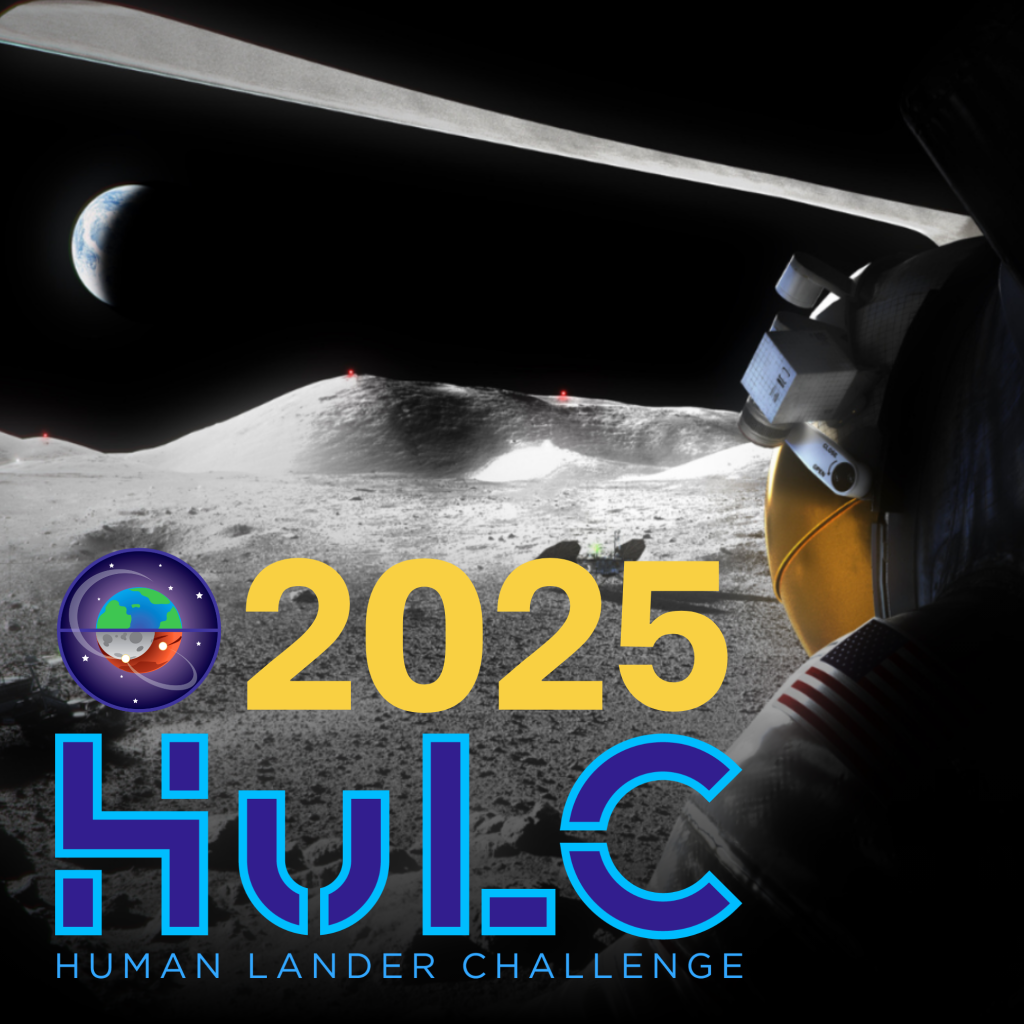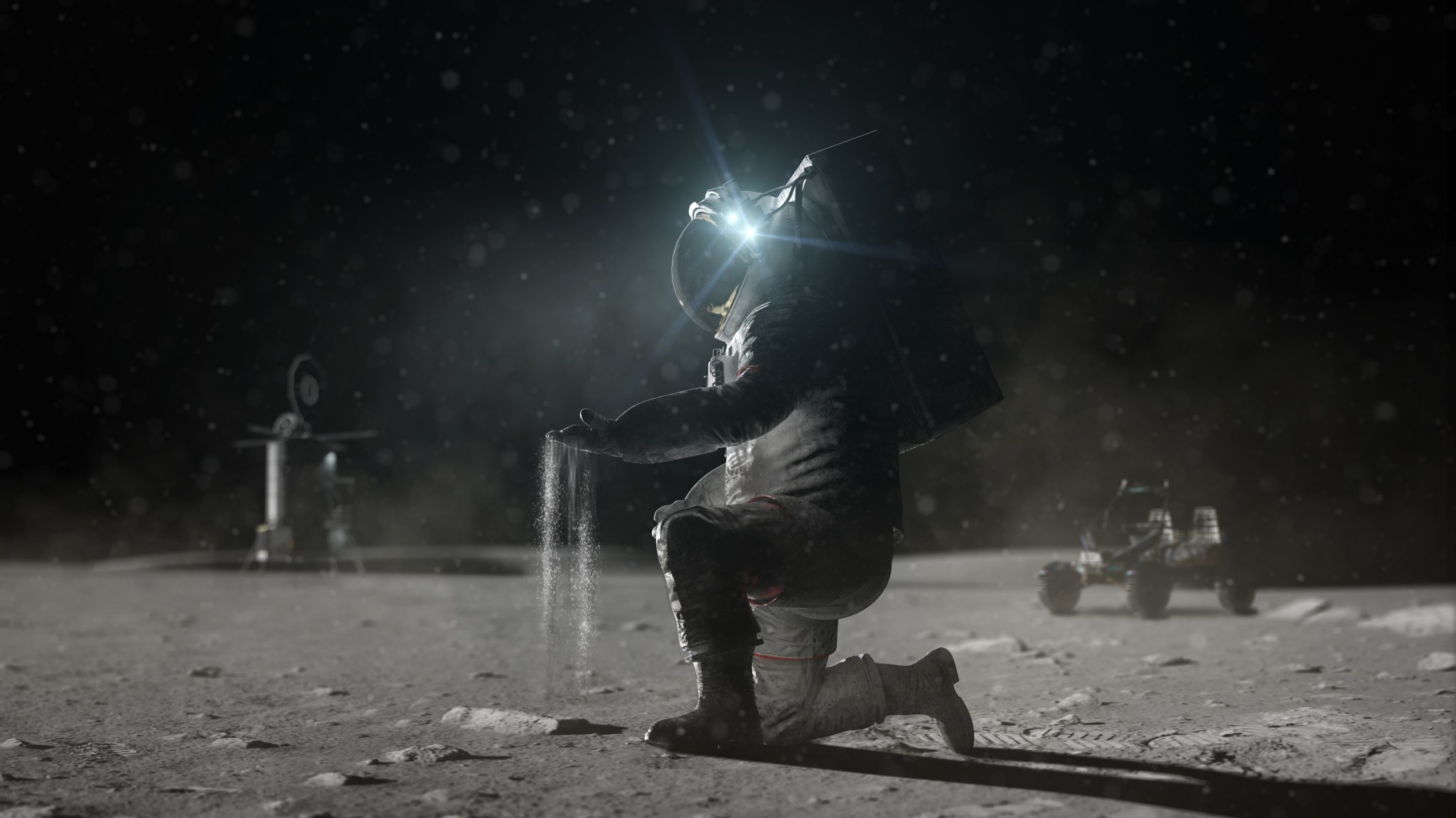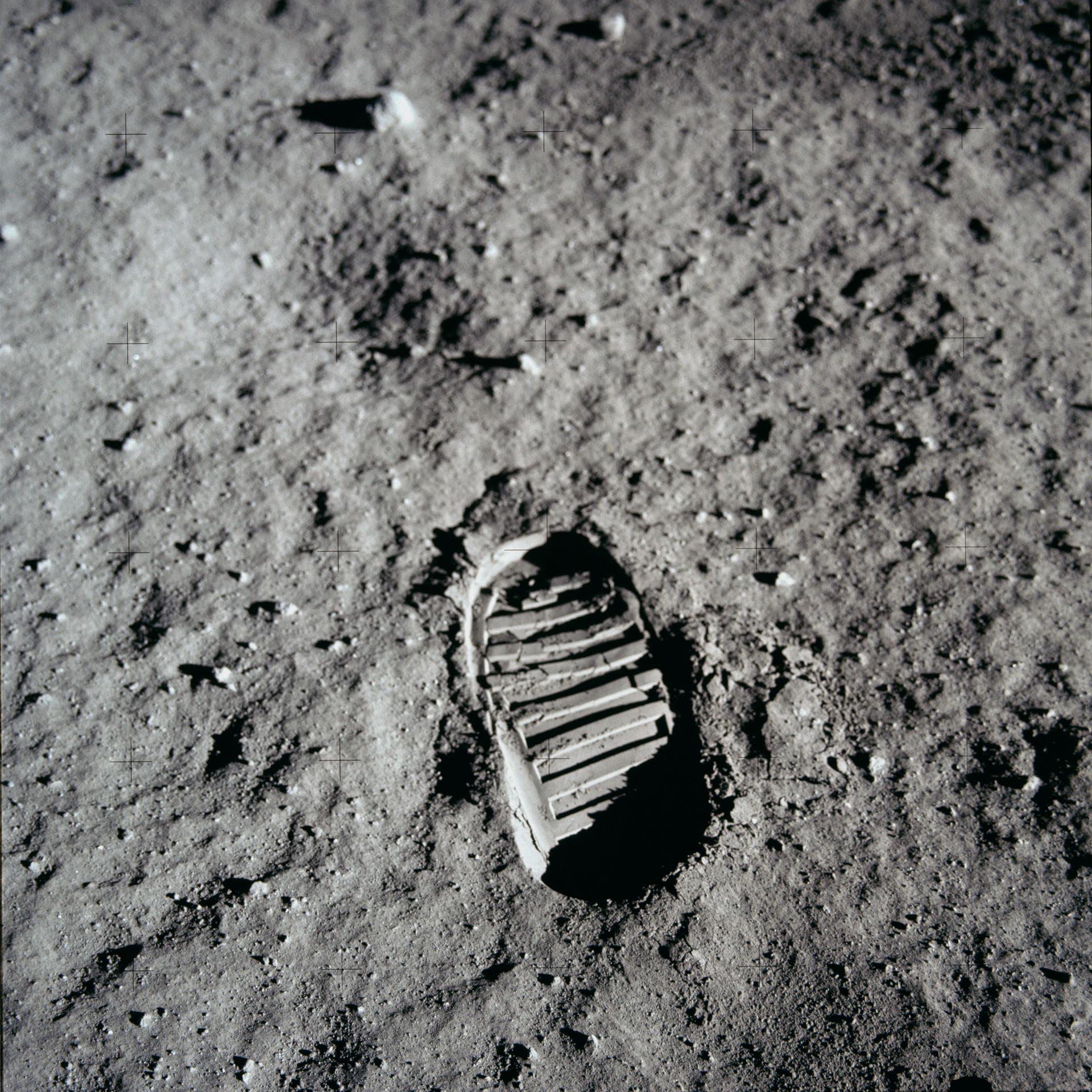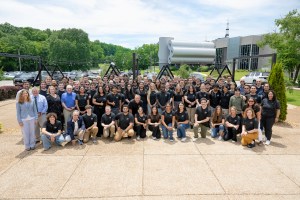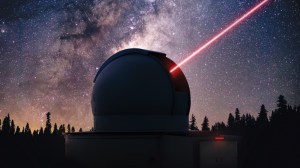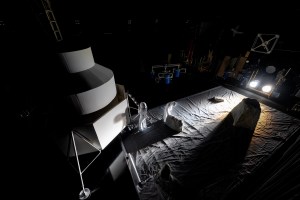Dust is a nuisance on Earth. Thankfully, we can simply pull out a vacuum or grab a rag to rid ourselves of the concoction of dust mites, fibers, soil, pollen, and other tiny bits.
Beyond Earth’s atmosphere, dust is insidious. On the Moon, it’s made of crushed rock and is damaging to everything from lunar landers to spacesuits and human lungs if inhaled. As NASA readies to return to the Moon with the Artemis program, a team at NASA’s Glenn Research Center in Cleveland is working to mitigate dust’s dangers.
Houston, We Need a Vacuum
Dust mitigation has been an issue for NASA since Apollo. When astronauts were entering and exiting the lunar module, dust got everywhere – it clogged mechanisms, interfered with instruments, caused radiators to overheat and even tore up their spacesuits.
“We learned from Apollo that lunar dust can be less than 20 microns (about 0.00078 inches) in size,” said Sharon Miller, the passive dust shedding material program’s principal investigator at NASA Glenn. “The dust is very fine, abrasive and sharp, like tiny pieces of glass, making it more of a dangerous threat than just a simple nuisance.”
Fifty years later, the challenges of dust are greater for long-term exploration and sustainability on the Moon, as well as future human exploration of Mars.
Shaving Off the Rough Edges
On Earth, dirt and dust is smoothed out by erosion. Like water running over pebbles or a constant breeze blowing over a field, the particles’ rough surfaces are eroded away, making them roundish and relatively easy to deal with.
“There is no erosion on the Moon,” said Dr. Erica Montbach, project manager, lunar dust mitigation at Glenn. “That’s one of the things that surprised me. When I first started, I thought, ‘What’s the big deal, we deal with dust on Earth a lot.’ It’s different because there is no erosion, so those individual particles end up being very sharp and angular. It is very damaging in ways that we don’t see on Earth.”
Unlike on Earth, Moon dust isn’t packed down. Any activity on the surface can kick up buckets-full of the stuff. Also, whether it is from the equator or highlands or the dark side, Moon dust may look and behave differently. For example, the sun-facing side is constantly exposed to solar radiation. Because of that, dust on the day side has a positive electrical charge. This solar charging means it clings to everything – like static here on Earth.
Solutions to the Lunar Dust Challenge?
For NASA to conduct extended human and robotic exploration on the Moon or Mars, the agency needs a better understanding of how to mitigate the omnipresent, complex problem of dust.
In 2019, NASA’s Space Technology Mission Directorate established the Lunar Surface Innovation Initiative (LSII) to coordinate cross-agency teams and spur the creation of novel technologies needed for lunar surface exploration. Dust mitigation is one of the key capability areas LSII addresses, which is looking at active and passive mitigation technologies for different exploration systems, like rovers, power systems, spacesuits, and other surface hardware exposed to dust.
As with most NASA initiatives, the agency won’t go it alone. NASA is looking for partners in industry, academia, and other organizations to help identify ways to deal with Moon dust.
“We are certainly looking to collaborate with others outside of NASA,” said Montbach. “We feel there is going to be an opening up of commercial space in the future, and we want to work with the best minds.”
The dust mitigation technology that is currently being developed will be tested on the lunar surface starting in 2023. Once it has been evaluated and the best solutions identified, NASA could use this technology on Artemis missions, and future missions to Mars.
“Studying the Moon, and eventually, Mars,” said Miller, “will give us more information about our own planet and the solar system’s formation. And when we understand our own planet better, we’ll have better ideas about how to protect it for the future.”
Mike Gianonne
NASA’s Glenn Research Center







